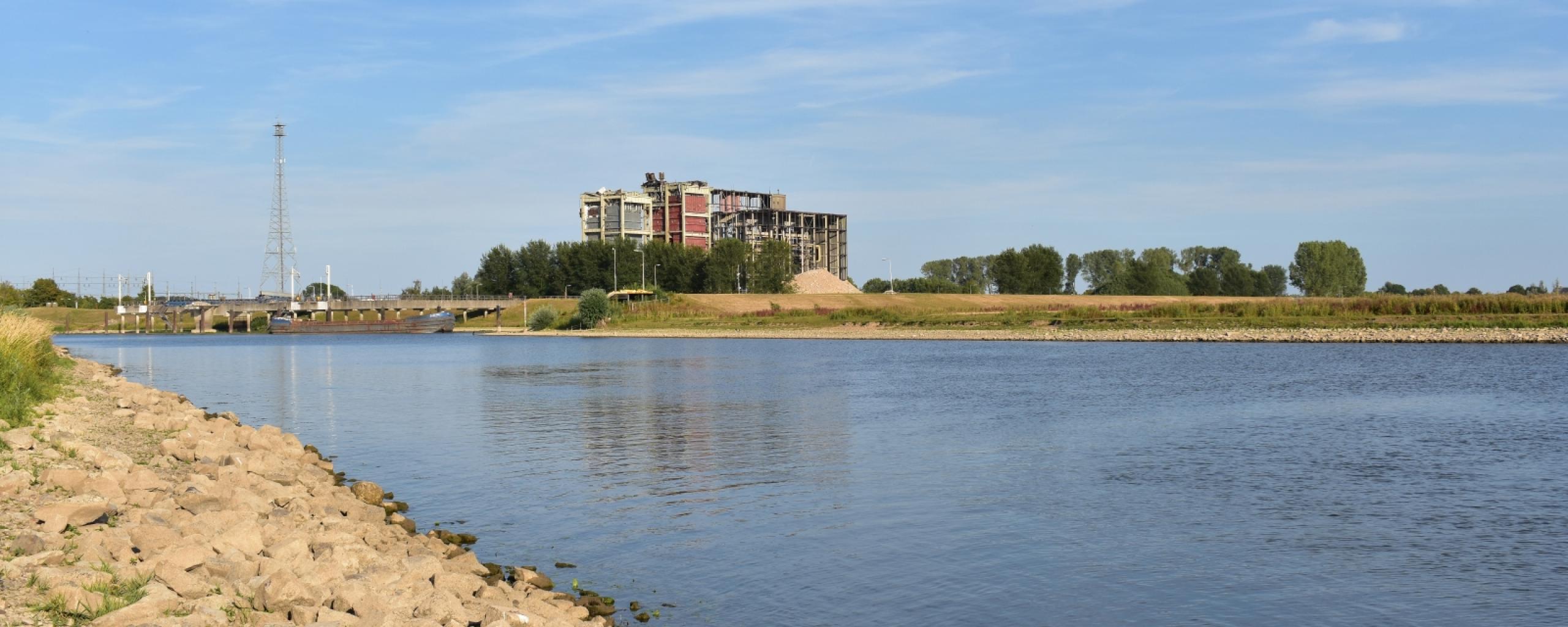English
Water is of vital importance. The Netherlands: 34,000 square kilometers where land meets water. Much of this area consists of artificial land created by man. Without dunes and water barriers, more than half of the Netherlands would be under water. The many dykes, locks, pumping stations, flood barriers, canals and ditches keep the Netherlands habitable. Local and regional water management in the Netherlands is in the hands of Water Boards. Water Boards are decentralized public authorities with legal tasks and a self-supporting financial system. Water Boards are responsible for flood control, water quantity, water quality and treatment of urban wastewater. Operational task include the management of pumping stations, waste water treatment plants, maintenance of waterways and flood defense structures. Water Boards are embedded in the general democratic structures. In 1850 there were about 3500 Water Boards. Mergers soon reduced this number. By January first, 2016, there are 22 Water Boards.
Water Board WDODelta
We ensure that in South-West, Midden Drenthe and West-Overijssel there is enough good quality surface water in the right place. We protect the area against high water levels and flooding.
This means we strive for sustainable management of the water system (both ground and surface water) and (the water chain drinking water supplies, sewage, water purification). In addition, we take account of the sometimes conflicting concerns of nature, agriculture and recreation as much as possible.
Our mission is to provide safe living with water, sufficient and clean water for residents, farmers and companies, in the city and nature. Together with our partners, we do this in a sober and efficient manner, so that the people in the area can live, live and work healthily and safely.
A portrait of the area
The Board of WDODelta is democratically elected, with elections held once every four years. The next elections will be in 2019.
The General Board has 25 members. They represent the residents, landowners, house owners, businesses and institutions. The General Board chooses four of its members to form the Executive Board. Both Boards are chaired by the Dike Reeve, who is appointed by the Crown.
Approximately 500 people work for WDODelta. Approximately 621.800 people live in the area under its control and a great many businesses are also established there. We harbor 7045 kilometers of water passages and 872 kilometers of embankments.
High water
The care of the dams that protect the area against high water is our responsibility. The Water Board improves dikes and quaysides in its area. When you would like to know more about the innovative inflatable dam at Ramspol, please contact us.
Clean water
One of our other tasks is to prevent pollution of surface water and to deal with contaminated riverbeds. We have 16 water purification plants for purifying the wastewater from housing and industry. The Water Board controls discharge from agricultural and industrial companies by means of a permit system.
WDODelta is not responsible for drinking water. There are two water companies in the area who handle this: Vitens and WMD.
Sufficient water
We ensure good drainage and supply of surface water to prevent flooding and also to prevent drought. To do this there is a system of waterways, pumping stations and dams for controlling water levels.
More information?
Our head office address is: Dokter van Deenweg 186, Zwolle. For further information, pleasecontact us, telephone number: +31 (0) 88 2331200, or e-mail: info@wdodelta.nl.
